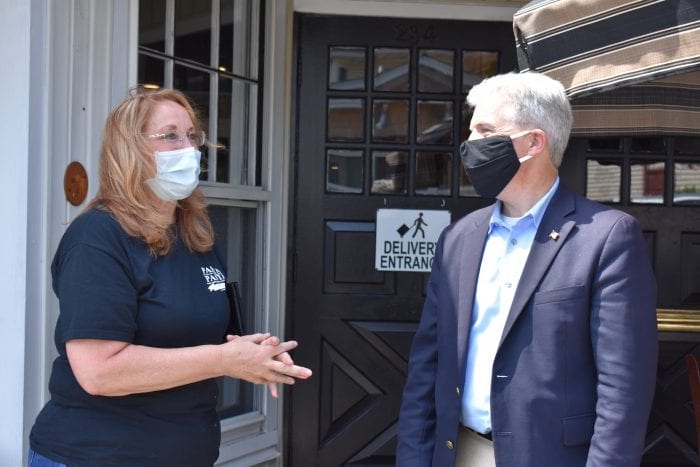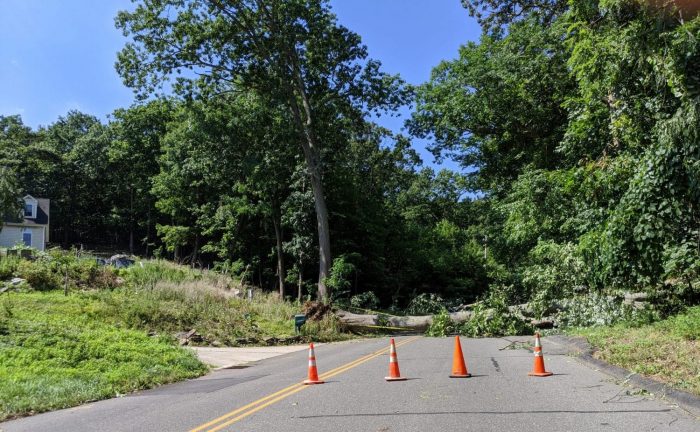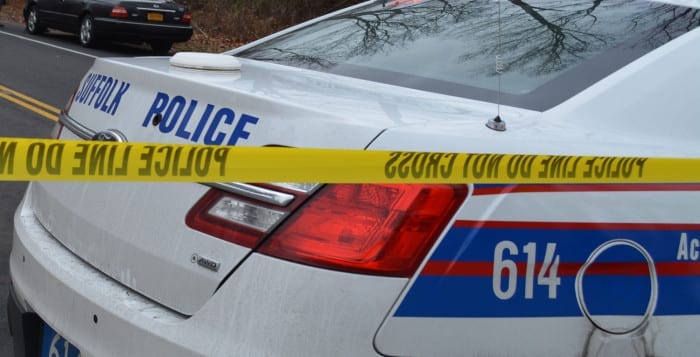By Liam Cooper
The Port Jeff Village elections, which take place Sept. 15, will elect the trustees for the Village Board. Trustees’ terms, which usually last two years, have been extended a few months due to the COVID-19 pandemic. There are two seats open, meaning that newcomer Rebecca Kassay, the owner of the Fox and Owl Inn, and current Trustee Bruce Miller will both be running uncontested. Nine-year Trustee Bruce D’Abramo will not be seeking reelection this year.

As a child, Kassay said she used to visit Port Jefferson, and has been in love with the shops and waterfront ever since. Now a Port Jefferson resident of seven years, she decided to run after attending several of the recent public meetings, and wanted a voice in their decisions.
“We have such potential here as a small government,” Kassay said.
She said she’s most excited about Upper Port development and working with developers.
“[I’m excited to] step into the next phase of Port Jefferson — be proactive about Upper Port development — reaching out to these developers and trying to work with them to get what is best for the village,” Kassay said.
She said she believes that, as a business ownerm who has felt the wrath of COVID-19, she can add an interesting perspective to the board of trustees. On her Facebook page, she says she has experience obtaining COVID-19 relief grants and will advocate for outdoor dining at restaurants beyond COVID-19. Kassay said she is excited to be a trustee and make lasting decisions with the Board.
“I want my decisions to be good for the next 50 years, not just the next two years,” Kassay said.
Current Trustee Bruce Miller, who has been on the Board for over eight years and has been a Port Jefferson resident for 45 years, is running again for his 4th term. Before being on the board of trustees, he was on the Port Jefferson school board for 12 years.
“I like being able to contribute to the community — It’s fulfilling for me,” he said. “I’m trying to give back,” Miller said.
Like Kassay, he is excited about Upper Port development. Specifically, he’s looking forward to working with the architectural and parks departments.
“There’s a new project close to approval, and I’m concerned with the architecture on it,” Miller said. “..It’s important to do it right. It will benefit the people who produce the buildings, rental potential, and the image of the village.”
Along with Upper Portdevelopment, Miller has plans with the Port Jefferson power plant.
“We want to get new green energy on the Port Jefferson power plant site,” Miller said. “A very long time ago, I saw we were going to have problems with the power plant.”

Miller said he is excited to continue to work with the board.
“I give my time because I love my community and it’s rewarding to me — I have a vision for a better community,” Miller said.
Current Trustee Bruce D’Abramo is not running for reelection. He has been on the board since he was appointed by Mayor Margot Garant in November of 2011.
“I’ve decided not to seek re-election as a trustee and I do it with a heavy heart — I’ve really enjoyed being here,” D’Abramo said at the Board of Trustees meeting Aug. 3.
He has decided not to run to focus more time on family, specifically his granddaughter, his business, and to travel with the Port Jefferson Lions Club.
Kassay and Miller will both be running for uncontested seats.
Voting takes place at the Village Center Sept. 15 from 6 a.m. to 9 p.m.


















